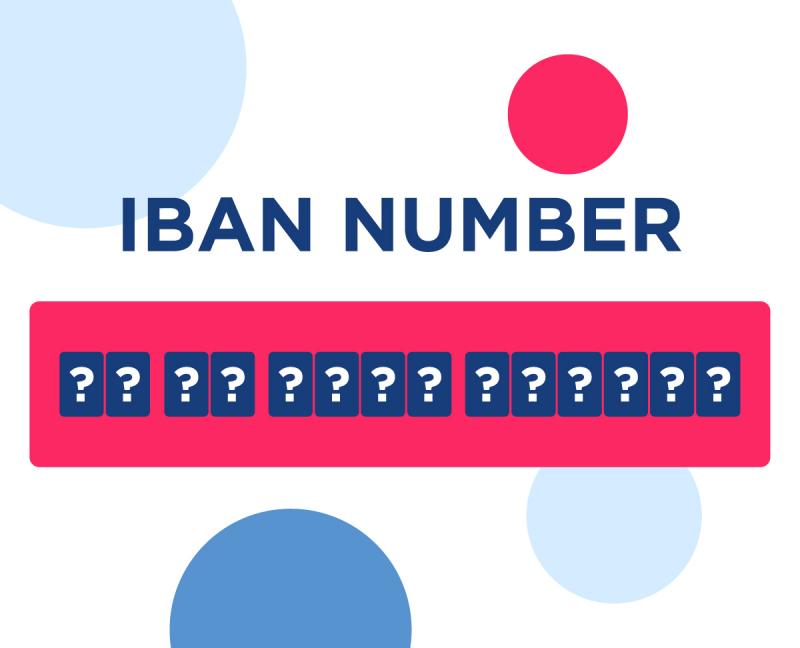
Many businesses are confused by the different bank codes they need to use to make an overseas payment. This is the first of a series of articles designed to demystify all the information on paying someone in another country that you may have already come across.
Anybody who has accidentally sent a payment to the wrong person or tried to correct a bank transfer made in error knows the importance of accuracy. The average cost to reverse an incorrect payment is £50 for those using UK banking systems. When making international payments, getting the right banking details can be even more important, so that you can avoid the problems that come with getting help with payments from overseas, especially if the bank’s customer service centre is in a different time zone!
If you’ve made a mistake when sending money abroad, it is understandable, as there are many different bank codes to consider and choosing the correct one can be confusing. If you’ve ever typed ‘IBAN SWIFT’ or ‘IBAN account number’ into your search engine in a panic, wondering if you’d be able to complete your transfer, you’re not alone. ‘How to find IBAN number’ and ‘How to get IBAN number’ probably pop-up in many search histories too – the list goes on but no fear, we will get to the bottom of things with this guide!
In this first article in the series, we will be asking, ‘What does the IBAN number mean?’ and in coming articles, we will look at other types of banking codes.
IBAN stands for International Bank Account Number. This number is used to track and identify payments you’ve made or received, to or from a person or a business in another country.
Just like an international telephone number, the IBAN number starts with a country code, which forms the first two digits of the IBAN. Following these two digits, the IBAN number also has two numbers, then three-five characters that could either be more numbers, or letters. This structure will always be present when thinking about how an IBAN number is made up.
It’s all very well knowing what it is, but how to get an IBAN number? There are no special applications or processes, because every bank account comes with an IBAN number which can be found on most online banking apps. Failing that, there are free online tools that will calculate your IBAN number instantly– all you will need to do is type in your normal account details and the calculator will reveal the IBAN. If you prefer, your bank can give you your IBAN details over the phone.
For most bank payments you want to send abroad, you will need an IBAN number, but there are some exceptions to this rule, like Australia and Canada where using an IBAN is optional in some cases. If you’re unsure, check with your particular bank.
SWIFT codes are used to identify a certain bank, whilst an IBAN number is used to identify an individual account as well as the bank it belongs to. The banking system has a use for both SWIFT codes and IBANs, just in case a payment ends-up in the wrong place. The SWIFT will reveal immediately which bank or country the money was intended for as well as details like debit and credit amounts linked to that account, transaction time and location and other helpful info.
BIC stands for Bank Identifier Code and does the same job as the SWIFT code we mentioned earlier. To be exact, the SWIFT network is the formal name for the international system where payments are sent and received. The codes themselves are BIC codes, although many people refer to them as SWIFT codes because they travel on the SWIFT network.
An IBAN tells us where a bank is located and the account number concerned with that transaction. BICs contain a four-letter bank code, a two-letter country code and a branch identifier, which is one number and one letter.
As well as the tool we showed you above, there are a number of others you can use to find out your IBAN number online for free, like this one from IBAN.com, The IBAN Calculator and one from Bank.Codes.
If you are making international payments and looking for a simple payment solution check out our service. You can also read our guide, Online Payment Systems, for more information on important aspects of making and receiving online payments for your e-commerce business.